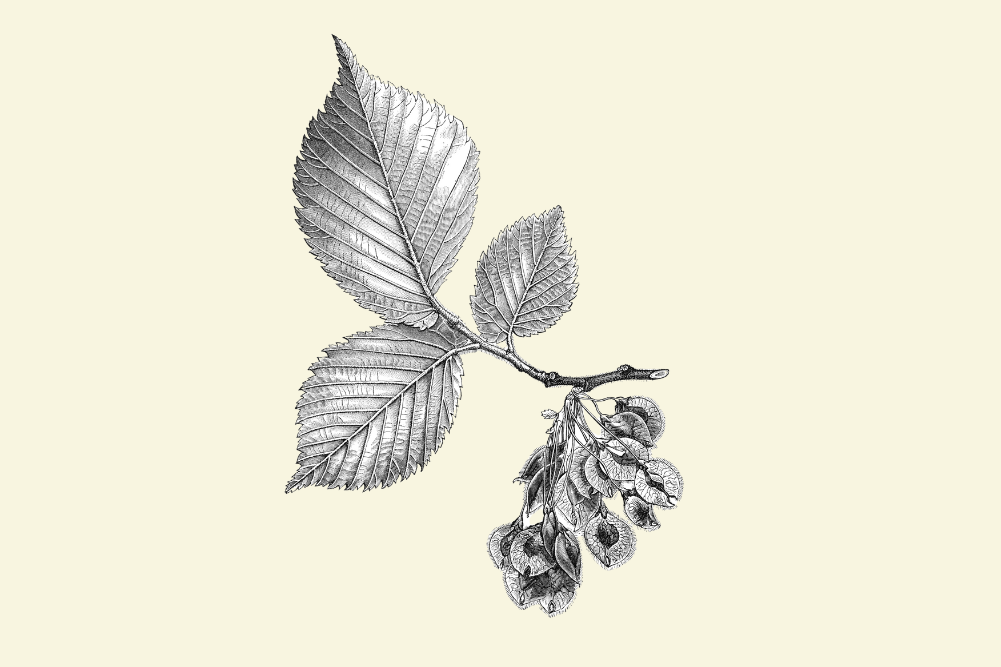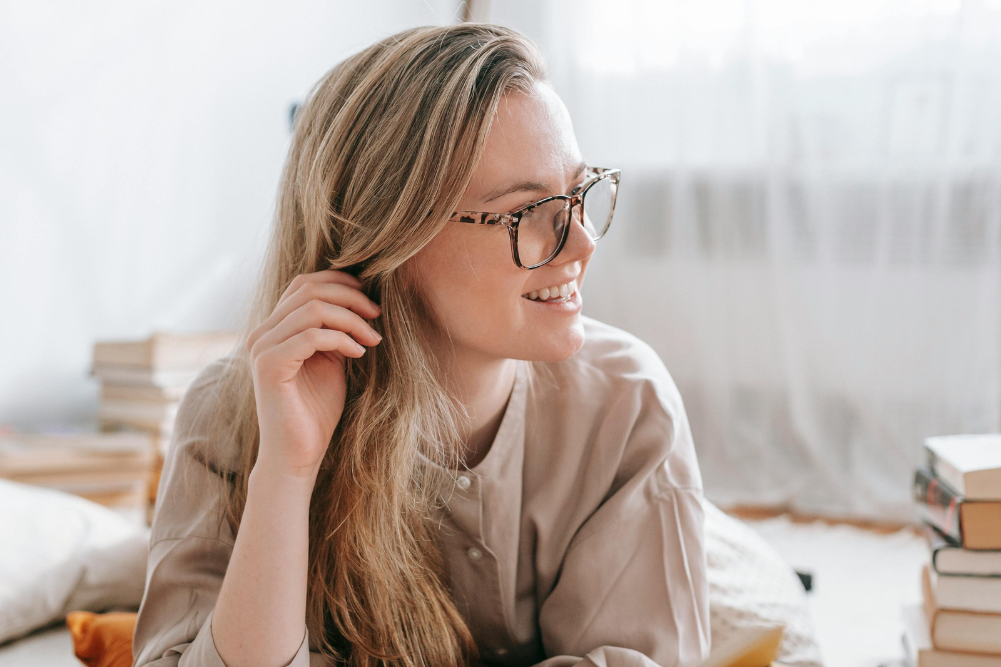Acute low back pain management
As mentioned in my previous post, low back pain is frustrating, painful and very, very common. The distinction between acute and chronic low back pain is important, as both types require different management.
Acute pain is usually sharp, hot, angry and red.
People describe it as “biting”, “catching”, “grabbing” and “like a knife”.
Often it comes on all of a sudden, sometimes from lifting heavy objects, other times from coughing or sneezing too hard. Sometimes it will come on for no obvious reason too! (That is, until your osteopath questions you on your sleeping position last night and you realise that you were more twisted up than a contortionist because of Rover or Fluffy in bed next to you…)
Acute pain means that it’s new. Usually it’s associated with sprains or inflammation. A sprain is an overstretch of a ligament, the connective tissue that holds your joints together. When you overstretch a ligament, it gets swollen and irritated, and it takes a few days (or weeks if you do a good job of it) to heal. Sprains of the spinal joints are very common. I reckon I see upwards of 10 per week.
Disc injuries are also common. Discs are small, round, squishy structures that sit between our vertebrae. They act as shock absorbers, or the suspension system of our spine. Because they’re relatively soft and squishy, they’re prone to injury if we repetitively overstretch them (such as in cases of really really poor slouching) or in cases of trauma (such as lifting something quite heavy). When this happens, the area around the injured disc can get quite swollen and inflamed, leading to irritation of the nerves close by. Those nerves travel from your low back to your legs, so often there’s some pain heading south too.
The acute pain of a spinal sprain and minor to moderate disc injury is treated in much the same way. Your osteopath will first diagnose the condition, and then apply some treatment (such as stretching/massage plus others) to the areas of muscle spasm around the injury.
Often, treatment is aimed at reducing the flow-on effects of the injury – stopping other body parts from getting sore as they may be compensating, and working harder than usual to take the effort away from the injured site.
Osteopathic treatment can also help to reduce inflammation at the injured site through improving the lymphatic drainage of the area around the injury.
Pharmaceutical interventions are usually very helpful at this stage. I’ll usually send my acute patients to their GP for anti-inflammatory medications, muscle relaxants or analgesics. It’s not something I want them taking unnecessarily or long term, but a team approach certainly helps to decrease the time spent in pain, and these medications can really make a different to the daily comfort of someone in pain.
If the patient has anything slowing their improvement, such as poor diet, lack of exercise, continued repetitive exercise that’s overloading the injured area, I’ll advise them on how to address this.
Often, treatment is aimed at reducing the flow-on effects of the injury – stopping other body parts from getting sore as they may be compensating, and working harder than usual to take the effort away from the injured site.
Ideas regarding rest have completely changed in the last couple of decades. What we know now is that movement is fantastic for speeding up recovery time. Movement and exercise helps to prevent acute pain from becoming chronic pain, helps with lymphatic (fluid) drainage, helps to increase blood flow and helps to reduce stress. Obviously if someone can’t bend over, I’m not going to get them deadlifting 100kg, however there’s always something small that we can get people doing (without pain!) that can be built upon.
Take home messages from this acute pain management post:
- Severe pain doesn’t always equal severe damage. Inflammation is often quick to reduce in simple injuries.
- Your osteopath will diagnose your problem and help to form a plan for recovery.
- Anti-inflammatory medications and muscle relaxants can be really helpful in this situation, but always get a prescription for the right thing from your GP.
- Movement is key! Bed rest is out. Speak to your osteopath to see what movements to incorporate into your recovery plan, and which movements to temporarily avoid or alter.
Chronic pain is an entirely different kettle of fish. Stay tuned for my next post about how we care for patients experiencing ongoing pain.
Keep well,
Claire









